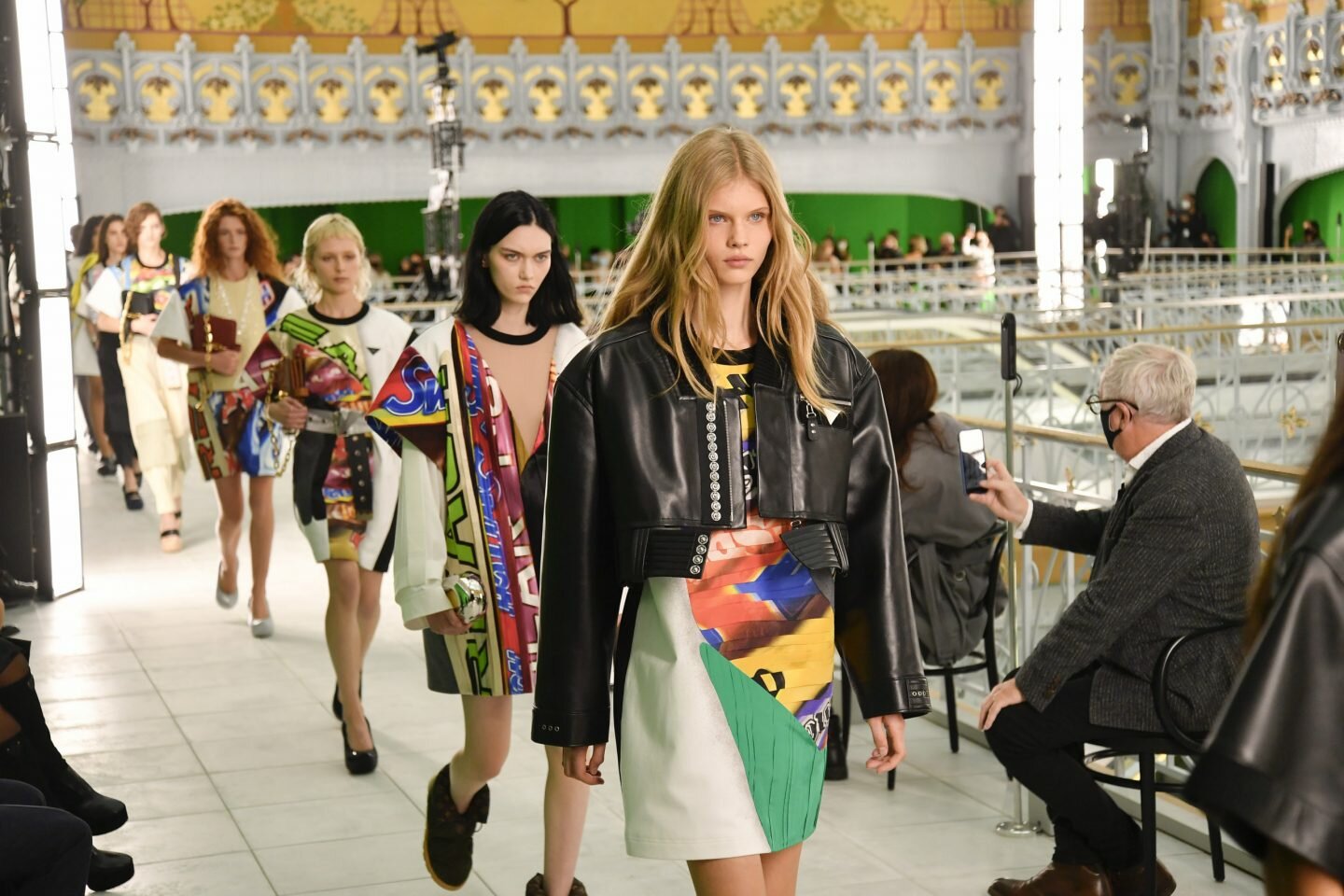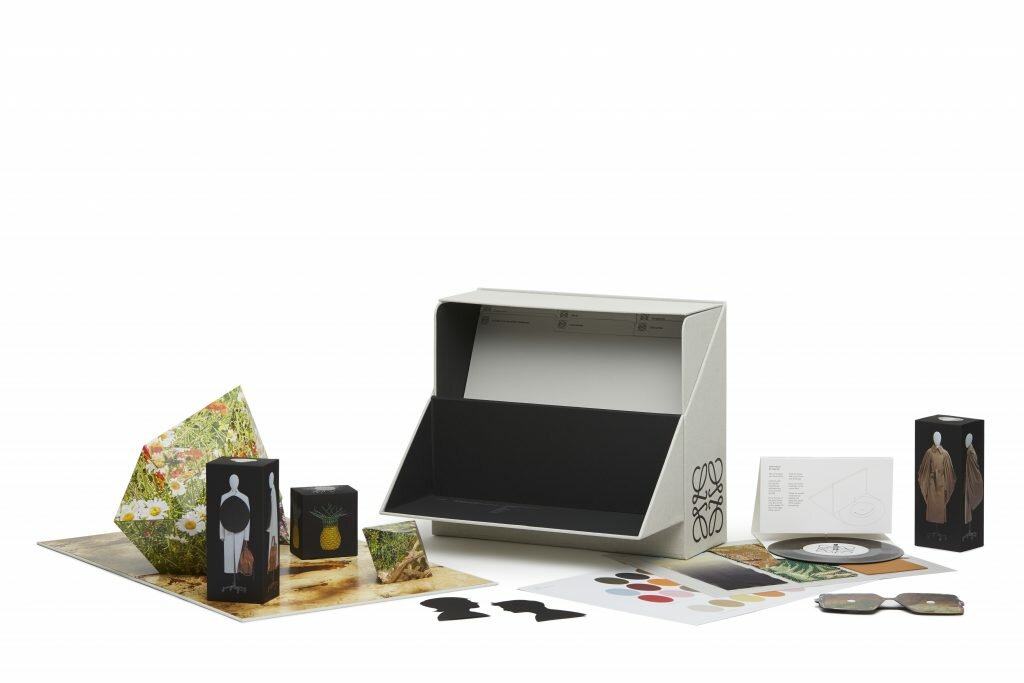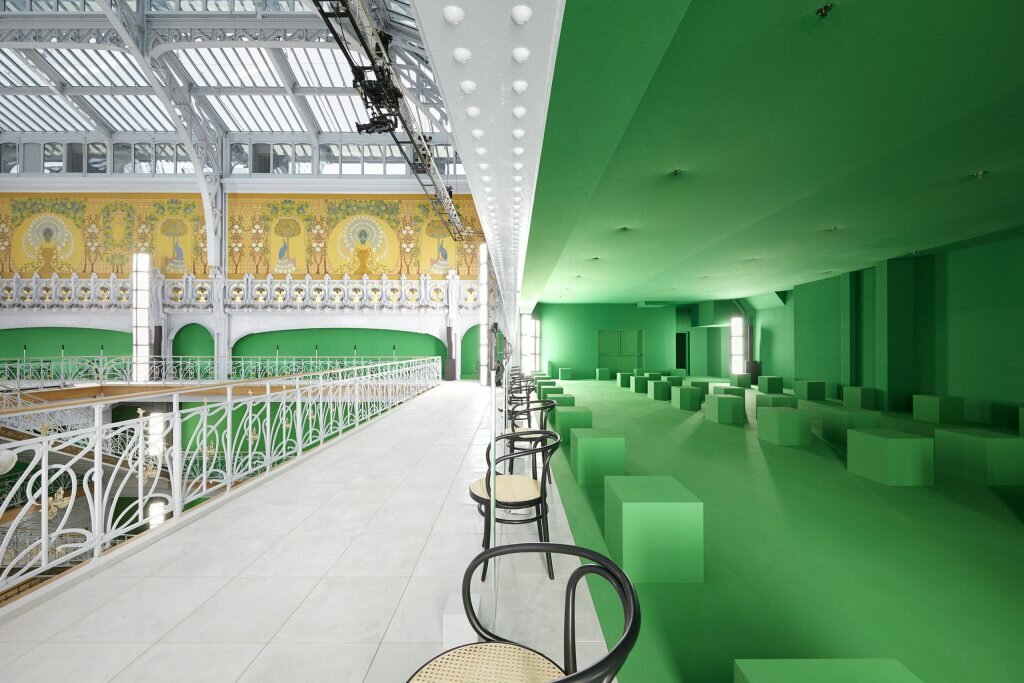Digitalisation is nothing new — for a while it has been the norm for brands to livestream, and brands have previously experimented with virtual and augmented reality for years past.
But with cancellations of fashion weeks left and right due to the pandemic that peaked in the middle of the year, fashion was forced to collectively restructure the menswear shows with new formats to combine the physical and digital.
Still, by September 2020, most of the major fashion weeks had returned for physical presentations.
Old Norm vs. New Norm
Given the size and available resources from the designers showing at major fashion weeks, it’s natural to expect more innovations. However, most settled for video lookbooks and fashion films — formats that were already commonplace media even before the pandemic.
“Film isn’t a substitution for shows,” says Pascal Morand, executive president of the Federation de la Haute Couture et de la Mode to High Snobiety. “It’s ‘augmented creativity’, an additional potential for expressing emotion.”
While Morand’s view on the role of digital media in fashion shows still falls into more traditional thinking, big-name designers were happy to think outside (or sometimes, inside) the box.
Brands such as Loewe, which created a show-in-a-box, and Proenza Schouler, which similarly created a show-in-a-book, were more successful in expressing such emotions as they still produced tangible assets in addition to a well-charted outflow of digital content. The former featured various creatives over 24 hours of streaming footage on their website, while the latter created a digital backstage with various top editors.
Another house that employed digital-physical hybridisation was Louis Vuitton, which set up green screens in the airy confines of the historic Samaritaine department store building, where the show was held. Through livestreams, audiences at home were able to see the green screens come to life with trippy visuals. It brought a piece of French history together with forward-thinking innovation, and more importantly, offered another facet that a physical show wouldn’t be able to produce.
“Brands shouldn’t approach digital events and livestreams as stand-ins for physical engagement,” advised writer Zoe Suen for an article in Business of Fashion back in April, “but as an opportunity to experiment with new formats and reach a wider audience in unexpected ways.” However, these opportunities were missed. Many brands opted to host live shows — albeit with a drastically smaller audience — with livestreams serving as a side dish to the main event.
“From our perspective, though the presentations are well-executed, this represents a collective failure of imagination when there was a pivotal opportunity for the industry to entirely reinvent the seasonal showcase,” said The Fabricant, a Dutch startup specialising on producing digital-only fashions, on its blog. “The extraordinary creative potential of 3D and the digital environment has been disappointingly left aside.”
Balenciaga was one brand which fully seized the moment in creating an effective digital-first approach. The brand’s video game, titled Afterworld: Age of Tomorrow, was part of the first wave of the Fall 2021 presentations to be unveiled and one of the few major attempts at 3D.
While it lacked gaming excitement, Afterworld eerily demonstrated the limitless potential and interconnectedness of virtual environments. It showed how clothes fit in a parallel universe.
The gaming industry has proven commercial success with crossovers: back in April, Travis Scott’s virtual tour at Fortnight reached 45.8 million viewers, and Lil Nas X’s Roblox concert was seen 33 million times. Fashion wants in on the e-gaming arena, and there’s been plenty of attempts: Gucci × Tennis Clash, Burberry × B Surf, Marc Jacobs × Animal Crossing, Louis Vuitton × League of Legends, and Moschino × The Sims.
However, they were limited to in-game purchases and add-ons rather than standing alone as an entire conceptual experience — a feat that Balenciaga has now reached.
Looking Beyond Paris And Milan
Few fashion weeks were reformatted around the world, but those that did created experiences far more refreshing, exciting and cohesive than those from the four fashion capitals.
Helsinki Fashion Week (HFW) went purely digital by rolling out a “Digital Village” — a Utopian visual showcase that premiered this August. The event streamed 3D fashion shows and all the clothes that were available online and in real life. It also explored the possibilities of blockchain in fashion, provided digital residencies, allowed interactive cyber-networking, and used AI chatbots.
“Embedded at the heart of this platform are values of transparency, social equality, and collective effort,” reads the event’s press release. HFW was successful in creating a unified presentation among multiple designers — all the planets and environments for each designer show were created by NDA Paris and Soldat Films, which lends to their aesthetical cohesion. Its uniqueness remains in engaging the possibilities that lie beyond clothing and physicality entirely.
Shanghai Fashion Week (SFW) was back with an in-person schedule this past October, and it similarly presented impeccable visual direction, with a lineup of over 150 designers, including Shushu Tong, Angel Chen, and Yuhan Weng.
Tmall, the Alibaba-owned e-commerce app, supported the event and broadcasted all of the runway shows on Taobao Live, meaning that viewers can immediately watch and shop on the same screen. Though the platform is localized to Chinese speakers, the app is still accessible to 711 million active users and garnered 3 million views within just three hours of its launch.
Hyperlocalisation and a powerful digital commercial implementation were key to SFW’s success because they allowed designers to experiment with their presentations. “We watched loads of very conventional livestreams,” explained Kain Pickering of Ffixxed Studios, a menswear and womenswear brand based in Hong Kong and Shanghai. “We were advised to think about whether it was a sales exercise or do it as a marketing experiment.” The brand eventually presented a QVC network-style livestream, parodying the format itself to humorous effect.
If there’s any conclusion to be had, perhaps it’s time to shift our attention to other parts of the world — there have been solid successes, even though the world has only had a small peek of it. Helsinki and Shanghai fashion weeks were two great examples of collective effort, solid conceptualisation and risk-taking at a time when fashion needed it most.
The tables have turned, and the usual giants should learn a thing or two from the underdogs.




